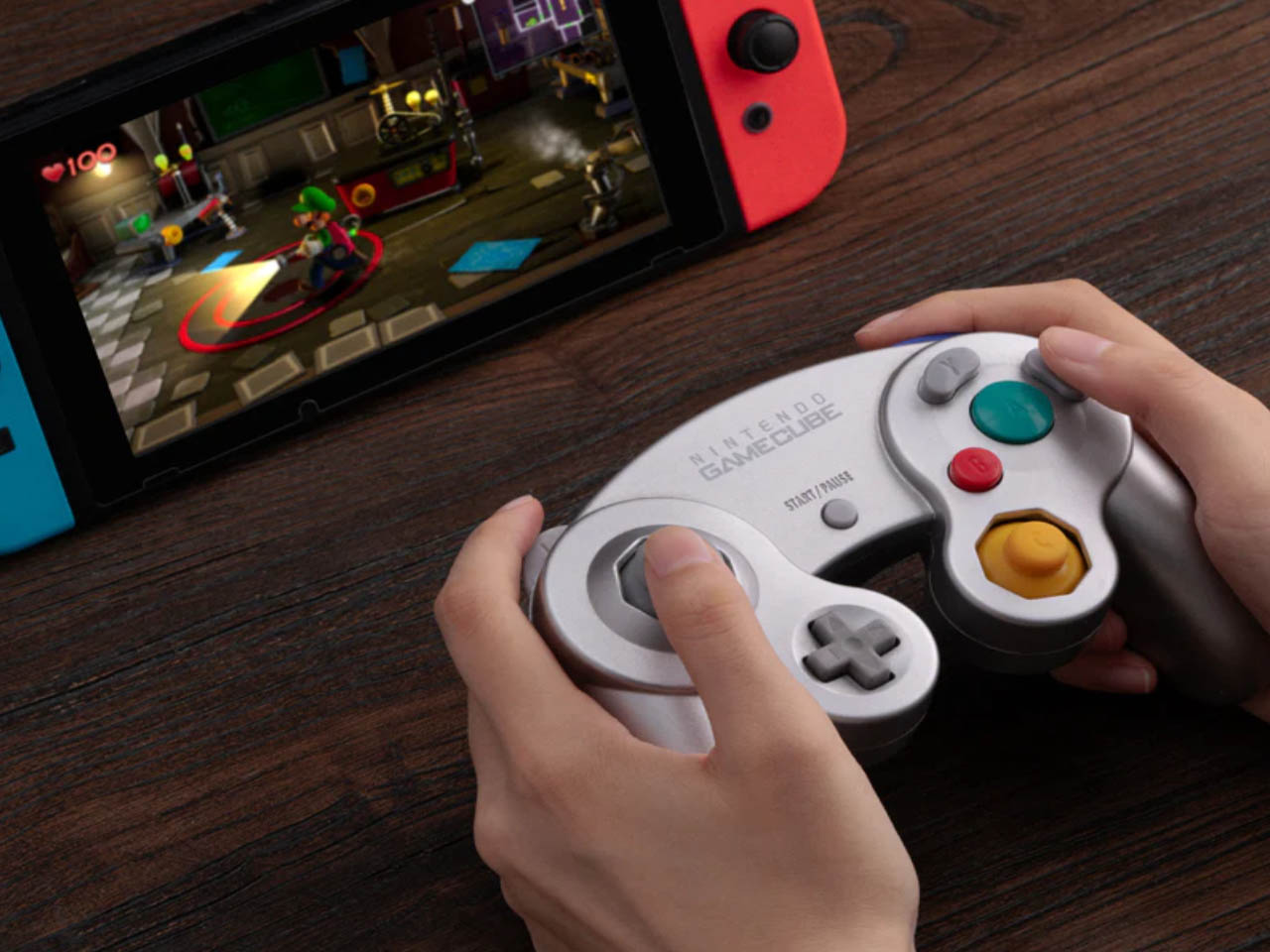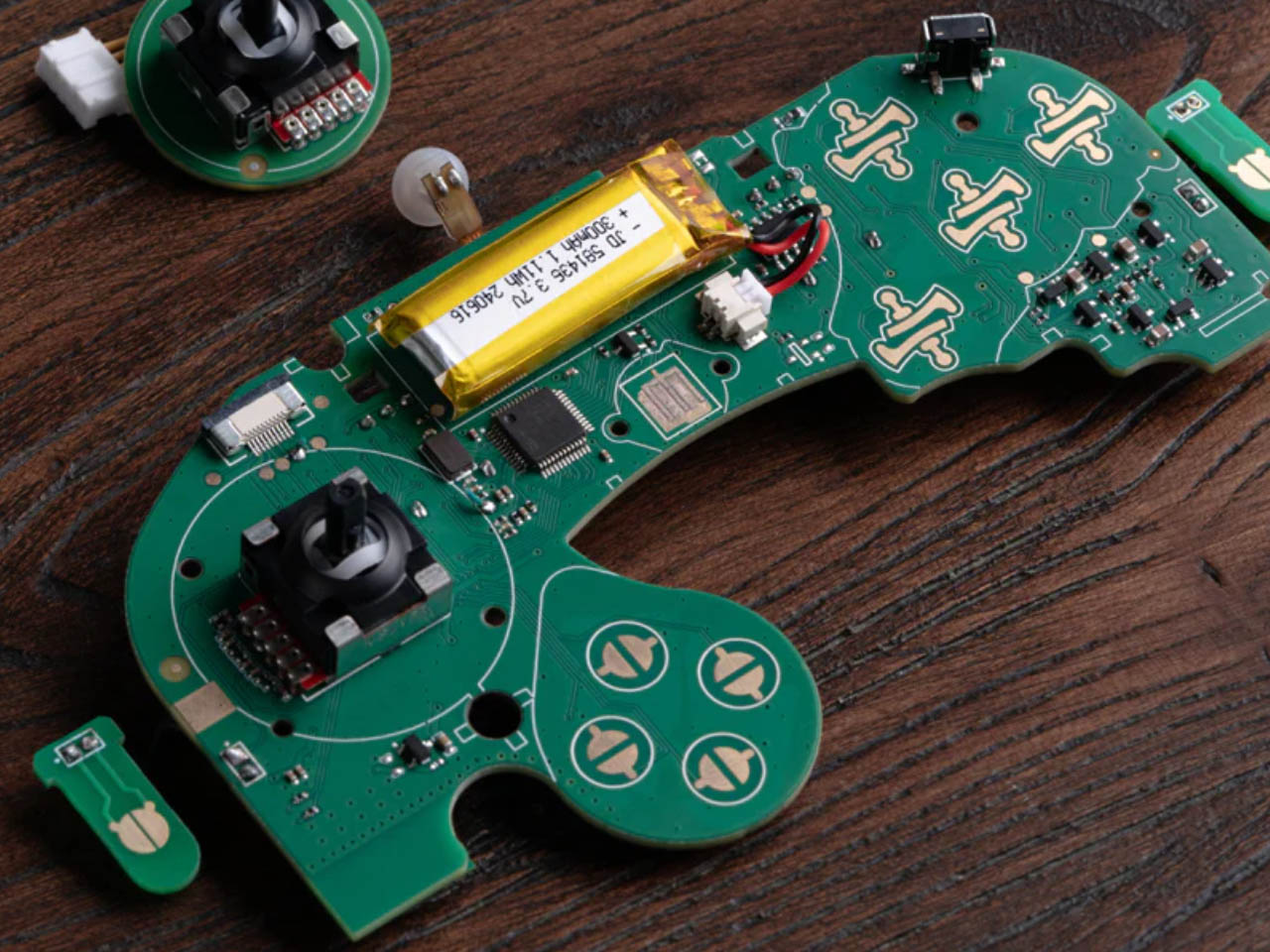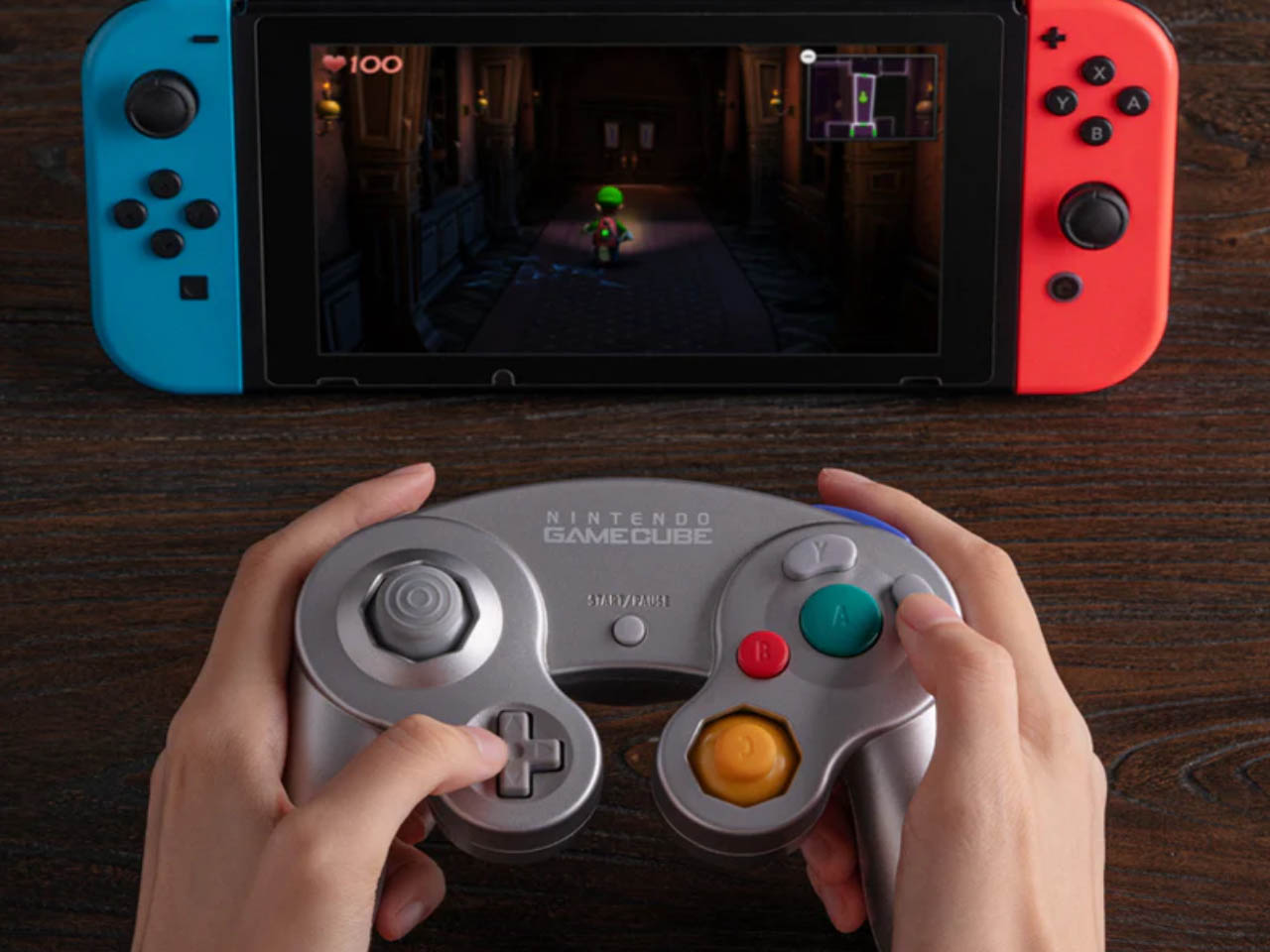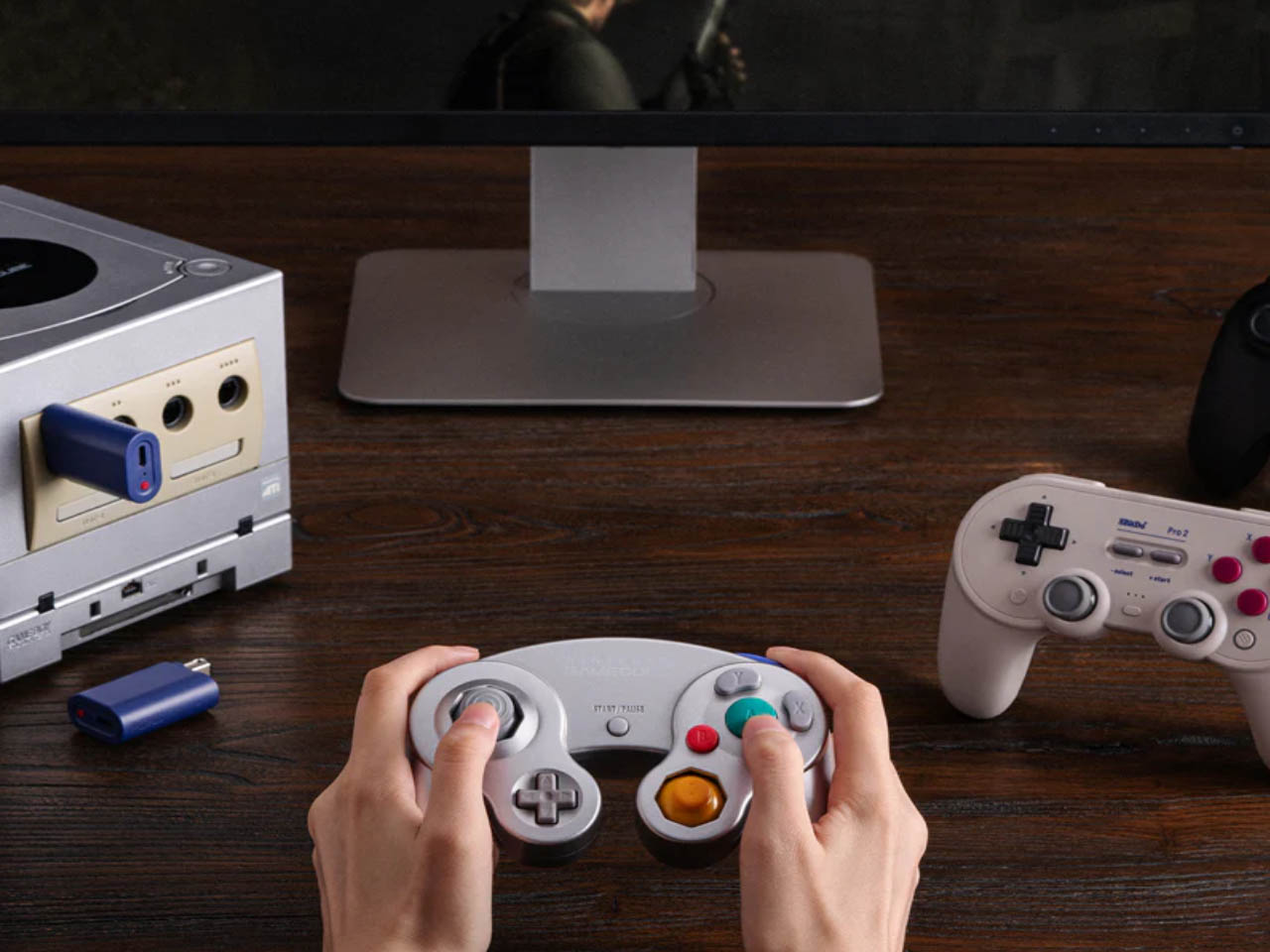
The REDMAGIC Nova Gaming Tablet steps into the market with serious intentions, built for gamers who demand peak performance from their devices. This tablet integrates the latest Snapdragon 8 Gen 3 Leading Edition processor with a sophisticated 9-layer cooling system, positioning it as a top contender for competitive gaming. Designed with both power and aesthetics in mind, the Nova ensures long gaming sessions without sacrificing style or performance.
Designer: REDMAGIC

Sleek Design Meets Gaming Durability
This gaming tablet takes a bold approach to design without overlooking the practicalities gamers need. Weighing just 520 grams, the body is crafted from aviation-grade aluminum, balancing durability with lightweight portability. Its 10.9-inch display offers a 2.8K resolution and a 144Hz refresh rate, delivering fluid, crisp visuals that enhance the immersive gaming experience.

One of the most vivid features is its transparent aluminosilicate glass section, which exposes the tablet’s inner workings, enhanced by customizable RGB lighting. This gives it a distinctive edge, combining a futuristic look with functionality. Whether you’re gaming on the go or in a competitive setting, the Nova is a visually striking device that is durable enough to withstand extended use.

Cooling System Built for Long Play
Many gaming tablets struggle with heat during extended sessions, but the Nova offers a solution. Equipped with a 9-layer cooling system and a 20,000 RPM internal fan, this tablet reduces core temperatures by up to 25°C. The result is consistently smooth performance, even when playing graphically demanding games for hours at a time.

Heat management isn’t just about keeping the tablet comfortable to hold—it directly affects in-game performance. The 3D heat pipe and internal circulation system keep the device cool under pressure, maintaining frame rates and responsiveness. Gamers no longer need to worry about overheating or lag during crucial moments in games like Genshin Impact or Fortnite.

Raw Power for Serious Gaming
At the heart of the Nova is the Snapdragon 8 Gen 3 Leading Edition processor, pushing CPU speeds up to 3.4 GHz and GPU frequencies of 1 GHz. This setup easily handles AAA games, ensuring that even the most demanding titles run smoothly without lag or performance drops. The Nova also excels in multitasking, making it a strong choice for gamers who stream their gameplay or run multiple apps while playing.

With an AnTuTu score of 2,352,902, the Nova showcases the processing power that gives competitive gamers an edge. Whether navigating fast-paced combat in Valorant or exploring open-world environments in Elden Ring, the tablet delivers a responsive, immersive experience every time. For gamers who need reliable, high-powered performance, the Nova’s specifications speak for themselves.
A Battery That Keeps You in the Game
Gaming devices often fall short when it comes to battery life, but the Nova addresses this head-on with a 10,100mAh battery that allows for up to 10 hours of continuous gameplay. For those who use their device beyond gaming, it supports up to 19 hours of regular use, making it versatile enough for work or entertainment between gaming sessions.
The 80W fast charging feature ensures minimal downtime. After just a short break, you’re ready to dive back into gameplay, a crucial advantage for gamers in the middle of competitive matches or immersive campaigns. The extended battery life and rapid charging mean the Nova will keep up with the most demanding schedules.
Gaming Display for Maximum Responsiveness
One of the key features that makes the REDMAGIC Nova ideal for gamers is its 144Hz refresh rate and 840Hz touch sampling rate. This ensures every input is registered instantly, providing a competitive advantage in fast-paced games. Whether sniping in PUBG Mobile or racing through turns in Asphalt 9, the display’s responsiveness is designed to give you the precision and accuracy needed for high-stakes gameplay.
In addition to its responsiveness, the SGS-certified blue light filter reduces eye strain, making it easier to play for extended periods. This attention to comfort, alongside its visual performance, makes the Nova a gaming powerhouse that’s easy on the eyes.
Immersive Audio for Enhanced Gameplay
The Nova doesn’t stop at visuals and performance—it brings audio into the equation with four symmetrical speakers and DTS Ultra certification for a 3D sound experience. This feature creates an audio environment where gamers can hear every subtle detail, from enemy footsteps in Call of Duty: Mobile to atmospheric sounds in The Witcher: Monster Slayer.

Clear communication is vital in team-based games. The three built-in microphones ensure that voice chats with teammates remain crisp and clear, allowing for better coordination in multiplayer sessions. For gamers focused on immersive sound and effective teamplay, the Nova offers the tools to enhance every part of the experience.

Perfect for Hardcore Gamers
The REDMAGIC Nova Gaming Tablet doesn’t just meet the demands of everyday use—it’s built to excel in competitive and immersive gaming scenarios. With its powerful processor, next-level cooling system, and immersive audio and visuals, the Nova is a true companion for gamers who need reliability, performance, and portability.

From marathon gaming sessions to live-streaming, the Nova supports the needs of serious players. Whether pushing the limits in AAA titles or managing multiple apps simultaneously, the Nova keeps you in control. For gamers seeking a high-performance, well-designed device that delivers on all fronts, the REDMAGIC Nova is hard to beat.
The post 5 Reasons Why the REDMAGIC Nova is the Ultimate Gaming Tablet first appeared on Yanko Design.


























































